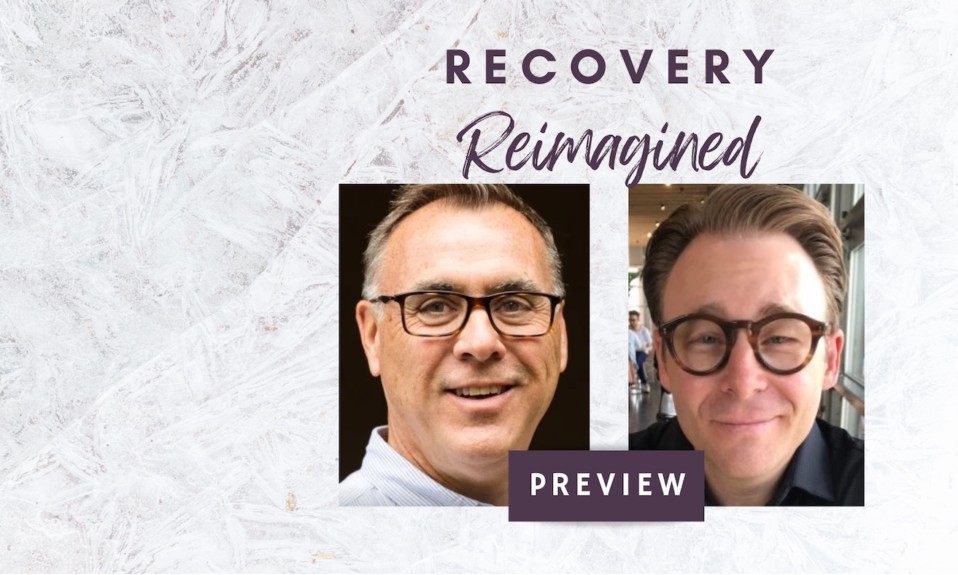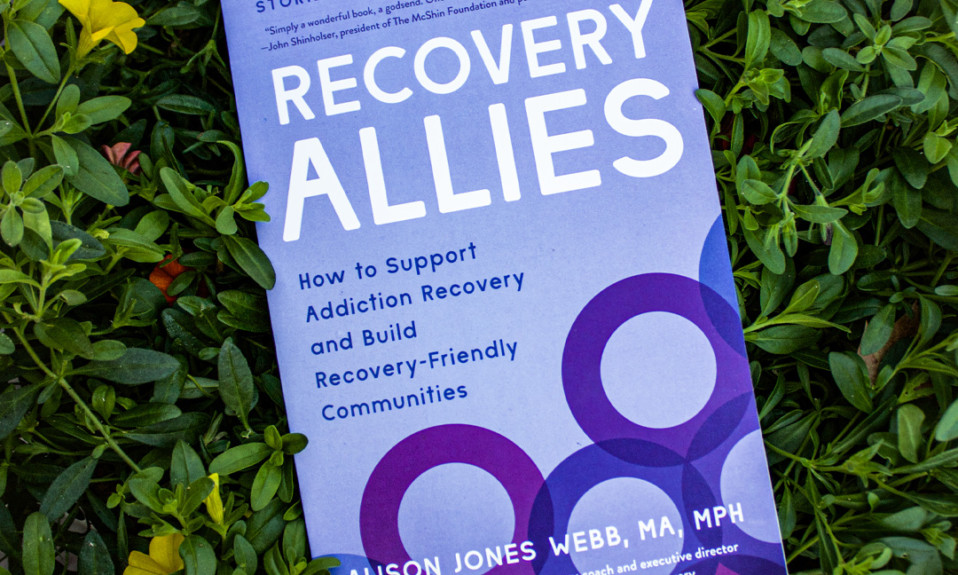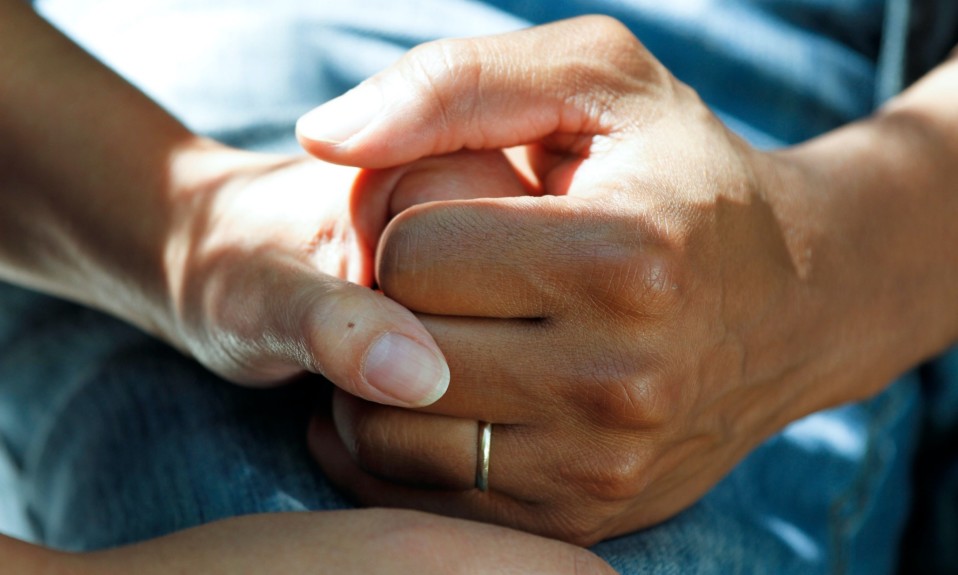Experts say it’s the number of building blocks—from financial security to spiritual contentment—that people bring to their recovery
By Alison Jones Webb
What do we need for a healthy life? Safe housing, food and clothing. Physical and emotional safety, health and wellness, and financial security. Friendships, intimacy and a sense of belonging. Self-esteem. A sense of purpose, hope and goals. Spiritual contentment. These are the building blocks of a meaningful life. How do people in recovery attain these? Researchers have conducted studies to understand what resources people need to initiate and maintain wellness in recovery, and they developed the concept of recovery capital. They have found that generally speaking, the more recovery capital a person has, the better their chances of sustained recovery.
Researchers, counselors and people in recovery have learned quite a bit about recovery capital since the term first came into use in 1999, and there is more to learn. A generally accepted definition of recovery capital is “the sum total of one’s resources that can be brought to bear on the initiation and maintenance of substance misuse cessation.”
Community capital also has to do with the attitudes of community members and their openness to fully welcome people who are in recovery.
Boiled down to the essentials, here are its various components:
- Personal recovery capital means the characteristics and capabilities of the person seeking and in recovery, such as knowledge, communication, interpersonal skills, coping skills, mental health, problem-solving skills, self-esteem, resilience and hope. Personal recovery capital also includes tangible resources like safe housing, food, transportation, money and financial stability and insurance, as well as personal beliefs, values, preferences and behavior that come with belonging to a particular cultural group.
- Social recovery capital refers to supportive social relationships and networks in the recovery community (peer-based recovery support) and the broader community, supportive family relationships and connections with social institutions like a faith community.
- Community capital comprises the resources available in the broader community that support recovery, including evidence-based treatment, support services like recovery community centers, and housing policies that don’t discriminate against recovery residences. Community capital also has to do with the attitudes of community members and their openness to fully welcome people who are in recovery.
Measuring Recovery Capital
Researchers and practitioners have developed different tools to assess a person’s recovery capital. Treatment providers often use the assessment to determine areas of need at discharge, and people in recovery use the results to establish their individual recovery plans. The assessment can be administered periodically—every three months, for example—at recovery residences, in recovery community centers or during long-term treatment to track changes in recovery capital.
Studies consistently show that meaningful activities and social connections are associated with increases in personal and social recovery capital.
One of the first tools to assess recovery capital was William White’s 35-item Recovery Capital Assessment, Plan and Scale. Later, researchers developed the 50-item Assessment of Recovery Capital in 2012 and the 10-item Brief Assessment of Recovery Capital (BARC-10) in 2017. Now researchers are improving the science of measuring recovery capital and are creating online systems, such as REC-CAP and the Recovery Capital Index, to map recovery capital at different points in time and plan for service needs, engagement and meaningful activities. The new scales are also being used as research tools to determine what interventions help support recovery at what times and for what people.
While the focus of these assessments is on the individual’s recovery capital, research is also looking at the context in which recovery occurs. Studies consistently show that meaningful activities and social connections are associated with increases in personal and social recovery capital, and so gaps for the individual’s recovery capital can help us identify areas across the continuum of care in the broader community where recovery support, such as recovery residences, recovery-friendly employers and collegiate recovery programs, needs to be mobilized.
The Social Justice Component
Not every community has the same resources to support recovery, and people in “recovery deserts,” where few supports exist, may find it difficult to enter and maintain recovery. Indeed, in some circumstances, individuals in these communities may have negative social capital.
Recovery capital isn’t distributed equally: Some communities have more wealth, social cohesion, programs and services than others.
The original recovery capital research focused predominantly on white male adults in early, natural recovery (without treatment or other external support), whose individual goals were to lead a conventional lifestyle. Education, employment and stable relationships were a critical part of their recovery, and poverty and incarceration were not part of their stories. But recovery capital isn’t distributed equally: Some communities have more wealth, social cohesion, programs and services than others, and individuals living there will have a less bumpy road. Researchers are just beginning to look at recovery capital in marginalized groups such as the homeless or the formerly incarcerated, people with mental and physical health challenges, and folks who don’t want a conventional lifestyle in recovery.
Parts of this article were culled from Webb’s newly published book Recovery Allies.
Photo: Our Life in Pixels












